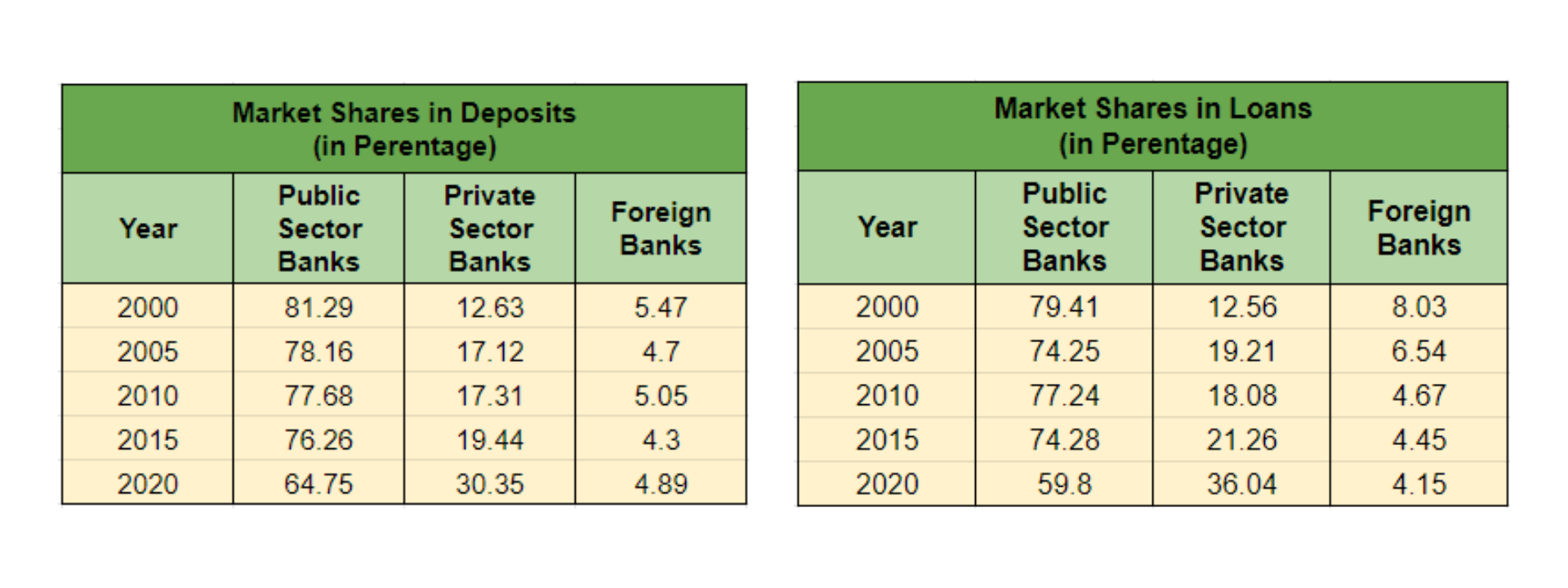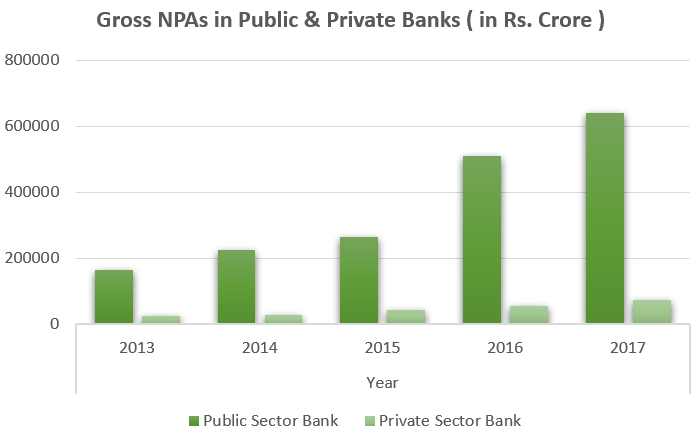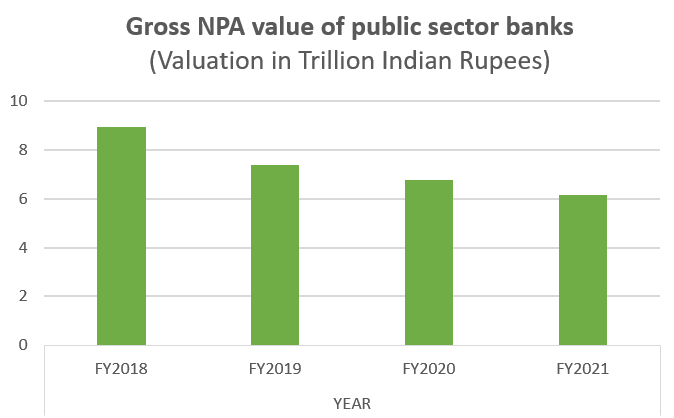Will PSU Banks beat Private Banks?

Have you ever entered a different banks and noticed the difference in the quality of service and the way you’re been treated ?🤔 Have you ever went to bank with concerns to your account and asked to come back after Lunch Break? 😬 or Have you had suffocation from the dust sitting on the pile of paper works and bad working conditions in banks? 😷
2022 has been a Roller Coaster ride for the Indian Stock market which was moved in a broad range. We’ve also seen some unusual changes where Domestic Investors dominate against FPI, Dividend Stocks coming into limelight and Defense Sector beat the market in the times of economic crisis around the world. But, One sector that catches our attention is the PSU banks.
PSU Bank has not only underperformed the market but also underperformed BANKNIFTY in last 10 years where Bank Nifty had given 239% returns against 10% returns by PSU Banks .

Why PSU Bank has Underperformed since so long? 🤔
Over the year PSU Bank have quietly given their market share to Private Banks. Maybe because of the way they treat their customer, or by the convenience they provide to their customer by solving their issue just through call or over the internet, or through their personalized offers that they provide. Whatever the reason might be, but we’ve all noticed this. Now let’s understand this with real data and numbers.
Private banks’ market share in loans has risen while public sector banks’ share has gone by almost 17%. Deposits also tell a similar story, and obviously why not, Public will tend to deposit their money in banks which serve them well and have good infrastructure creating a sense of security for their hard earned money. So, we can note that Private banks share in 2020 stands at almost 3 times than what it had in 2000, whereas PSB’s share fell by almost 25%

Why PSU Bank has Lost Market Share? 🤔
New Market Participants: in last decade Rise of new Financial Service companies have been a major reason for PSU Bank losing its market share. Several new licenses have been granted to private players- two new universal banks have started operation (Bandhan Bank and IDFC First Bank) while 10 small finance banks have also rolled out their services.
NPA Crisis: Gross non-performing assets (NPA) of listed banks grew 44% in the FY18 to ₹ 10.25 trillion, with PSBs accounting for ₹ 8.97 trillion. After provisioning, net NPAs for PSBs have the share of ₹ 4.5 trillion. Lets 1st understand the major reasons behind these NPA in PSU Banks over the last decade. But why does PSB’s have such high NPAs??
PSBs had the maximum exposure to industrial sectors such as infrastructure, road sector, steel, power and telecom and also had the highest Gross NPA. It means that PSBs had undertaken the riskier lending by adopting loose and liberal credit policies and practices as compared to Private Banks. This implies that the riskiness of credit allocation is not only influenced by macroeconomic factors but also by unique factors related to banks such as credit policies, type of customer/borrower, nature and size of loan, banks’ management approach and nature and type of regulation. Apart from giving riskier credits, there were also cases of credit default by promoters, where the funds have been diverted by over-invoicing imports, sourced via, a promoter owned subsidiary abroad or exporting to shell companies and then declaring themselves as bankrupt.
In below chart we can see the Goss NPA data of Private Banks compared to PSU Banks.

Raising Capital: This NPA crisis have made PSU banks less attractive and stood as a major huddle in raising capital. As a result, public sector banks have been overly dependent on the government for fresh capital infusion. Private banks were able to raise Rs 1.15 lakh crore of capital from the markets, as compared to Rs 70,823 crore by public sector banks in FY20. Raising Capital becomes important in growing economy where people tend to take more credit which ends up benefiting the banks from the Income received from Interest.
Are the tables turning? & Are PSB’s getting back up??
📍 Roadmap of PSU Banks
PSU Banks have a long road to travel before reaching their goal of outperforming the Market and Private Banks. Strict regulations and strong governance has lead to Lower NPAs. Which have indirectly led to higher profits. As per data, Gross NPA reduced by 31.1% from 2018 to 2021 as a result of Government's 4Rs strategy of recognition, resolution, recapitalization and reforms.

The continuous reduction in Gross NPAs have led PSU banks to have better valuations and thus compressed the valuation gap compared to Private Banks. HDFC which is top privet bank, currently valued at 3.4 times the book value compared to 5.1 in Nov. 2017. On the other hand, SBI which is top PSU Bank, currently valued at 1.7 times the Book value compared to 1.1 in Nov, 2017. This indicates Market participants are confident about future outlook of PSU Banks. Thus, this makes PSBs attractive to raise fresh capital to fund the loan growth and regain their lost market share.
Conclusion
While there is a lot of confidence among investors about PSU Banks outperforming the Nifty 500 and Bank Nifty, the near term headwinds due to global economy can act as dampeners in short term and unexpected volatility.
Under PSU sector, we’ve already witnessed the rally of Defense Stocks and Stratzy’s investors have made sky rocketing profit with Indian Warcraft Strategy. But now it seems time for long forgotten PSU Banks to beat the Market is hear.
If your time horizon is long-term and you are willing to risk near-term volatility, this is a good time to build a long-term portfolio of fundamentally strong companies trading at attractive valuations under PSU Banks 💯
